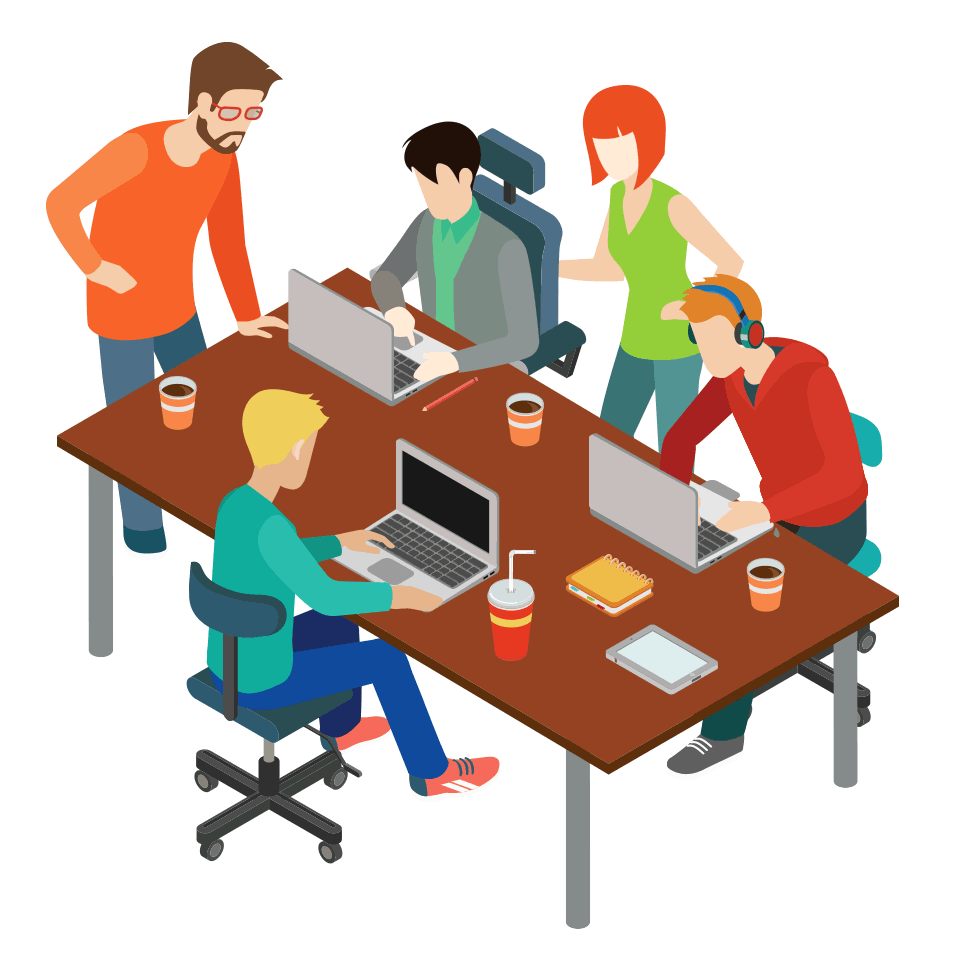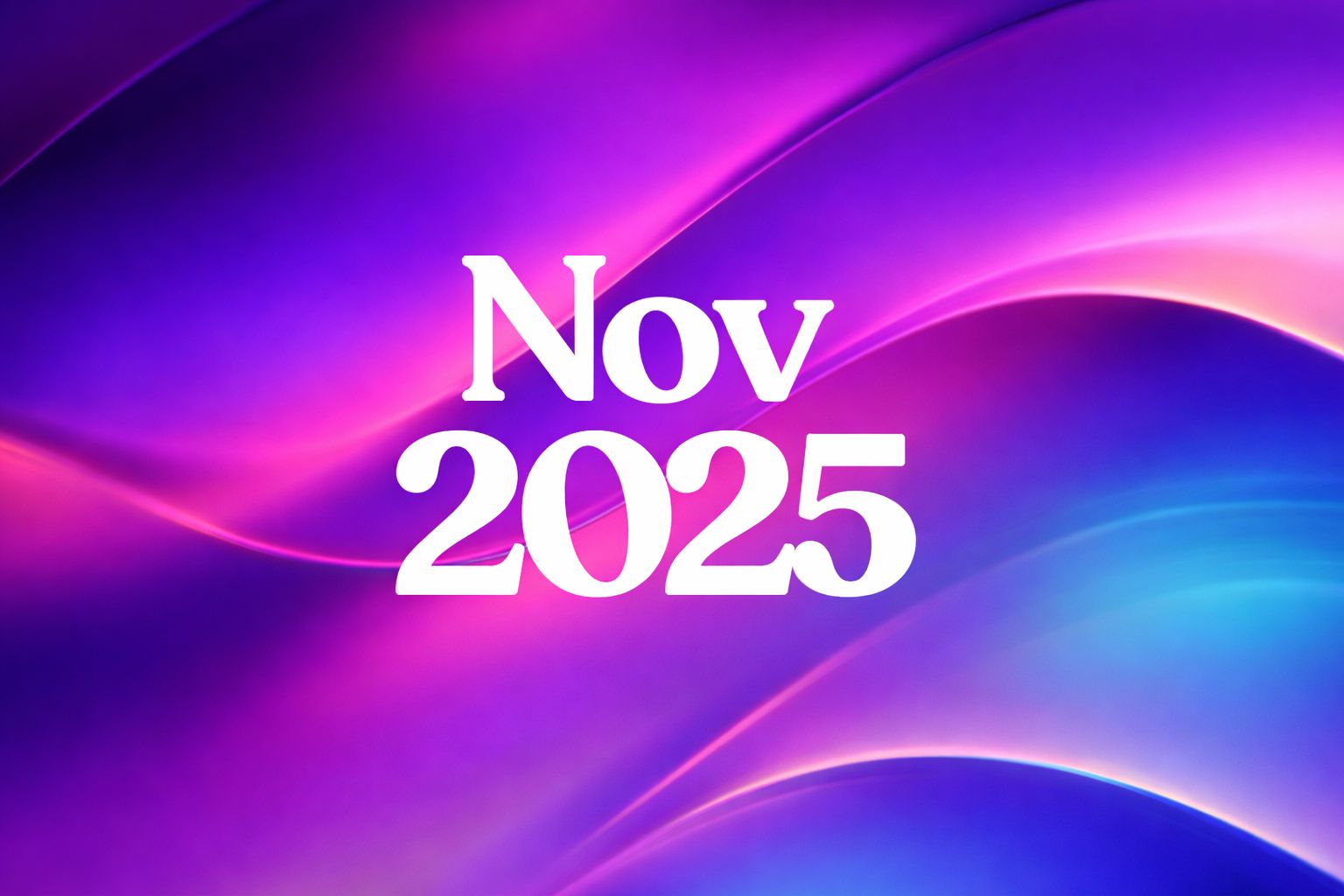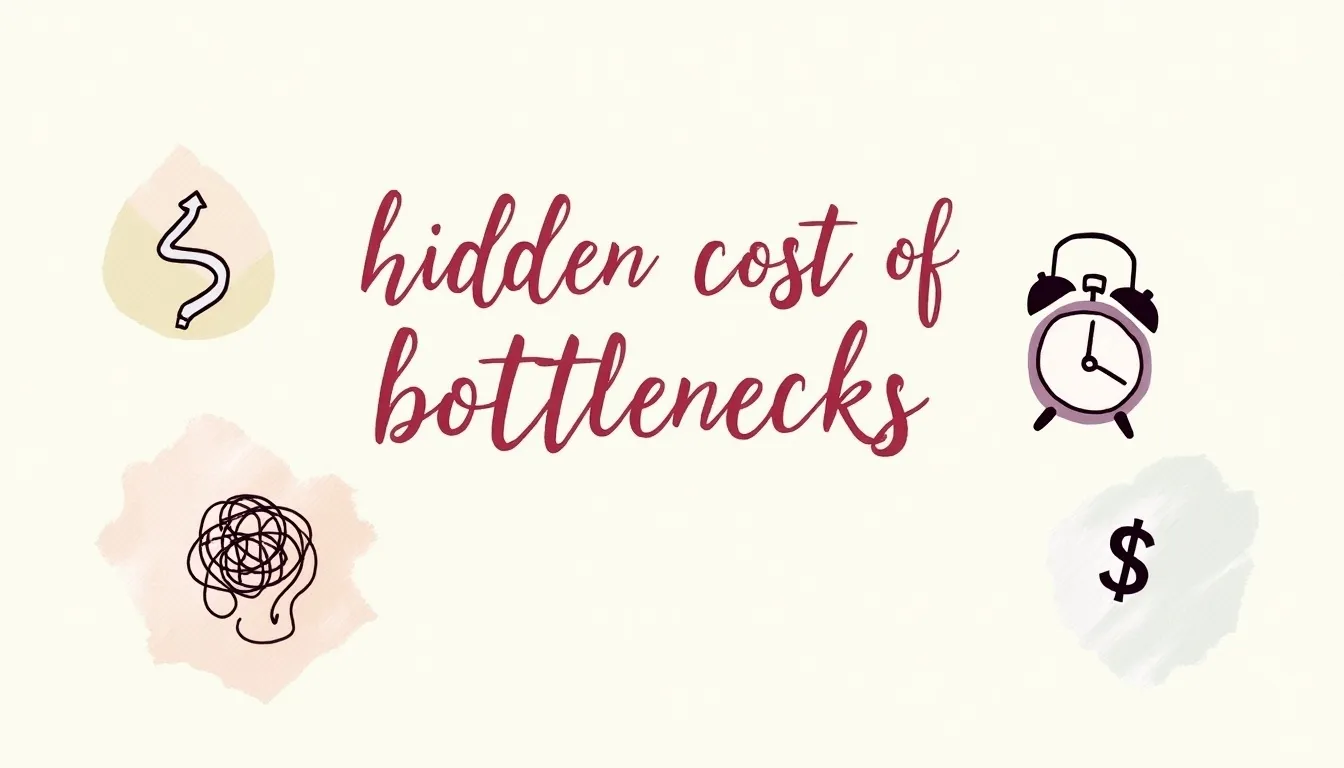Graphic Design and Human-Computer Interaction is an essential part of UX/UI designing. The combination of Graphic Design and Human-Computer Interaction in UI designing is a boon to all of us. Users from all over the world can easily connect with websites through advanced designing methods.
Draftss has also helped its clients to develop substantial e-commerce platforms with unlimited graphics designs. This includes illustrations, WordPress, HTML, and more for building your website, brand, etc. you can check on our website at draftss.
What is Graphic Design?
Graphic design is a craft where professionals create visual content to communicate messages. By applying visual hierarchy and page layout techniques, designers use typography and pictures to meet users’ specific needs and focus on the logic of displaying elements in interactive designs, to optimize the user experience.
What is Human-Computer Interaction (HCI)?
Human-computer interaction (HCI) is a multidisciplinary field of study focusing on the design of computer technology and, in particular, the interaction between humans (the users) and computers. While initially concerned with computers, HCI has since expanded to cover almost all forms of information technology design.

The Meteoric Rise of HCI
HCI surfaced in the 1980s with the advent of personal computing, just as machines such as the Apple Macintosh, IBM PC 5150, and Commodore 64 started turning up in homes and offices in society-changing numbers. For the first time, sophisticated electronic systems were available to general consumers for uses such as word processors, games units, and accounting aids. HCI would expand to incorporate multiple disciplines, such as computer science, cognitive science, and human-factors engineering from its origins.
Those who studied and worked in HCI saw it as a crucial instrument to popularize the idea that the interaction between a computer and the user should resemble a human-to-human, open-ended dialogue. Initially, HCI researchers focused on improving the usability of desktop computers (i.e., practitioners concentrated on how easy computers are to learn and use). However, with the rise of technologies such as the Internet and the smartphone, computer use would increasingly move away from the desktop to embrace the mobile world. Also, HCI has steadily encompassed more fields:
The UX Value of HCI and Its Related Realms
Despite that, some differences remain between Graphic Design and Human-Computer Interaction. Practitioners of HCI tend to be more academically focused. They’re involved in scientific research and developing empirical understandings of users. Conversely, UX designers are almost invariably industry-focused and involved in building products or services—e.g., smartphone apps and websites. Regardless of this divide, the practical considerations for products that we as UX professionals concern ourselves with the direct link to HCI specialists’ findings of users’ mindsets. Those of us who are designers also lack the luxury of time that HCI specialists typically enjoy. So, we must stretch beyond our industry-dictated constraints to accessing these more academic findings. When you do that well, you can leverage key insights into achieving the best designs for your users. By “collaborating” in this way with the HCI world, designers can drive impactful changes in the market and society.

Graphic Design is about Molding the User Experience Visually
Graphic design is an ancient craft, dating back past Egyptian hieroglyphs to at least 17,000-year-old cave paintings. It’s a term that originated in the 1920s’ print industry. It continues to cover a range of activities including logo creation. Graphic design in this sense concerns aesthetic appeal and marketing. Graphic designers attract viewers using images, color, and typography. However, graphic designers working in user experience (UX) design must justify stylistic choices regarding, say, image locations and font with a human-centered approach. That means you need to focus on—and seek to empathize the most with—your specific users while you create good-looking designs that maximize usability. Aesthetics must serve a purpose—in UX design we don’t create art for art’s sake. So, graphic designers must branch into visual design. When designing for UX, you should:
- Consider the information architecture of your interactive designs, to ensure accessibility for users.
- Leverage graphic design skills to create work that considers the entire user experience, including users’ visual processing abilities.
The scope of graphic design in UX covers the creation of beautiful designs that users find highly pleasurable, meaningful, and usable.
“Design is a solution to a problem. Art is a question to a problem.”
— John Maeda, President of Rhode Island School of Design
Graphic Design is Emotional Design
Although to work in the digital age means you must design with interactive software, the graphic design still revolves around age-old principles. You must strike the right chord with users from their first glance—hence graphic design’s correspondence with emotional design. Color choices must reflect the organization (e.g., blue suits banking) and users’ expectations (e.g., red for alerts; green for notifications to proceed). You should design with an eye for how elements match the tone (e.g., sans-serif fonts for excitement or happiness). Often, graphic designers are involved in motion design for smaller screens. They will carefully monitor how their works’ aesthetics match their users’ expectations. They can enhance their designs’ usability in a flowing, seamless experience by anticipating the users’ needs and mindsets. With user psychology in mind, it’s important to stay focused on some especially weighty graphic design considerations, namely these:
- Symmetry and Balance (including symmetry types)
- Flow
- Repetition
- Pattern
- The Golden Ratio (i.e., proportions of 1:1.6)
- The Rule of Thirds (i.e., how users’ eyes recognize good layout)
- Typography (encompassing everything from font choice to heading weight)
- Audience Culture (regarding color use, reading pattern: e.g., left to right in Western cultures)
In a nutshell…
Overall, your mission—as far as graphic design goes in UX and UI design—is to display information harmoniously. You should ensure that beauty and usability go hand in hand. Therefore your design can discreetly carry your organization’s ideals to your users. When you establish a trustworthy visual presence, you hint to users that you know what they want to do – not just because you’ve arranged aesthetically pleasing elements that are where your users expect to find them or help them intuit their way around, but because of the values which your designs display mirror theirs, too. Your visual content will quickly decide your design’s fate. So be sure not to overlook the slightest trigger that may put users off.
You can try out draftss for an excellent experience and increase your product marketing. We provide premium quality services on unlimited graphic designs, WordPress, Webflow, HTML, Illustrations, Websites, Landing pages, Dashboards, App UI/UX, and many more. Here we provide our clients with 73+ types of design and code services.























